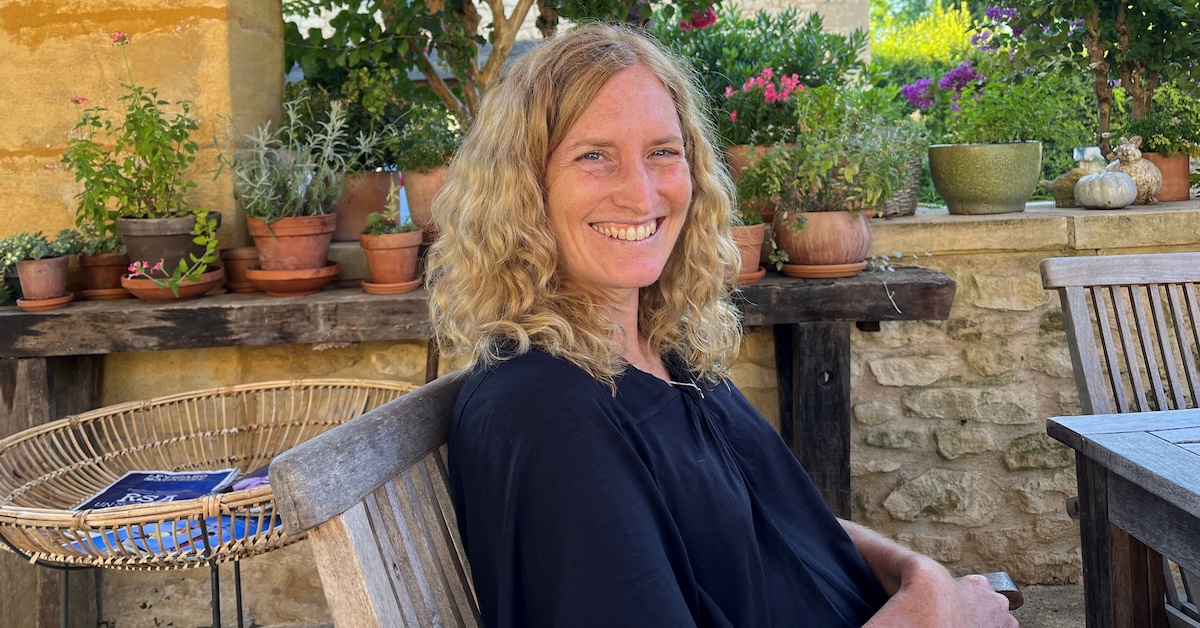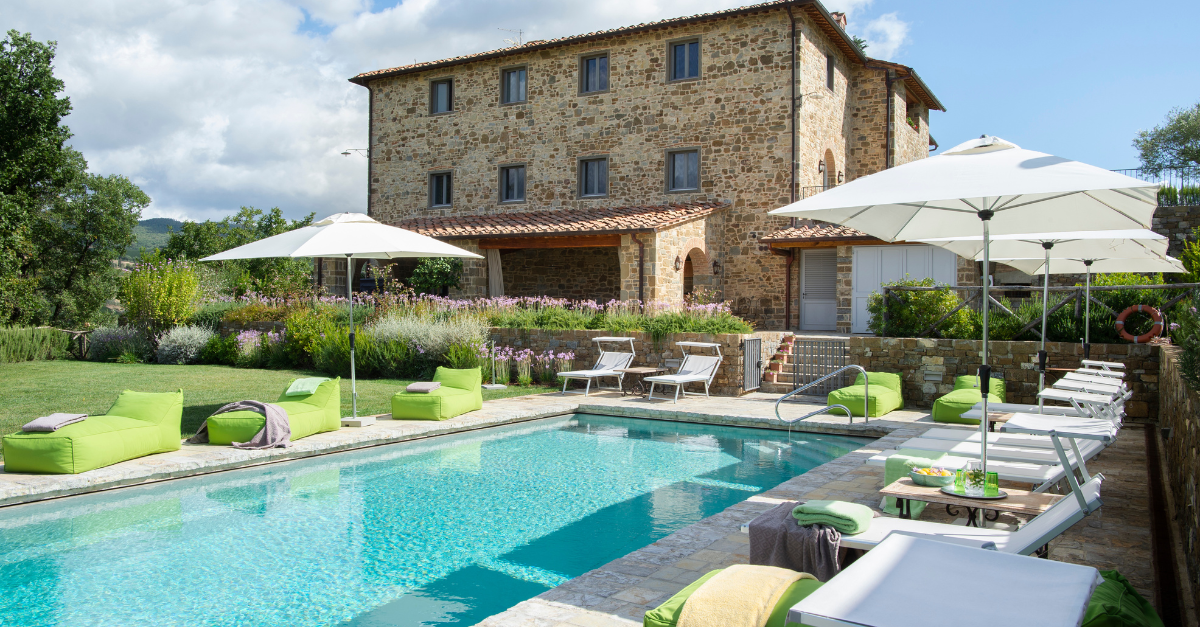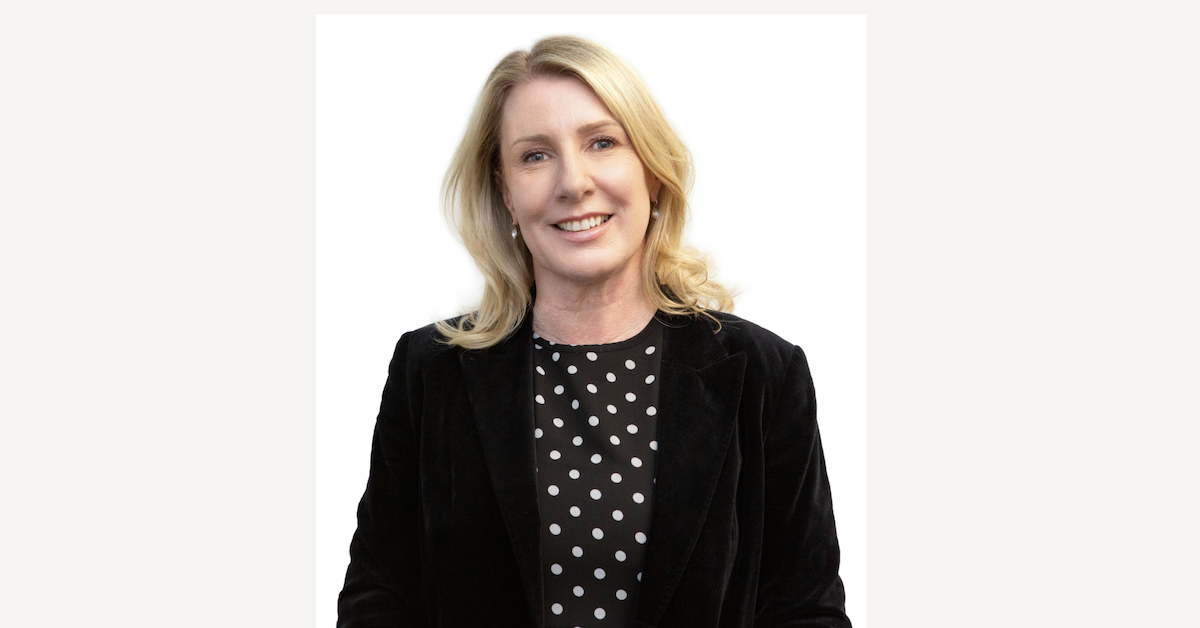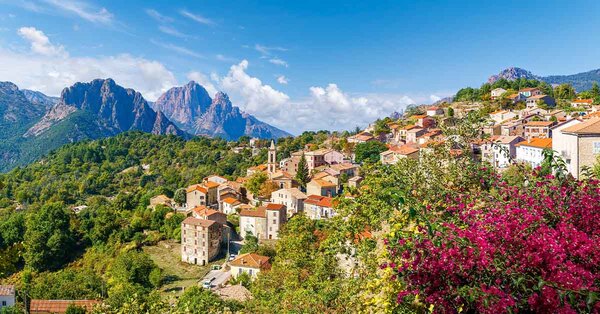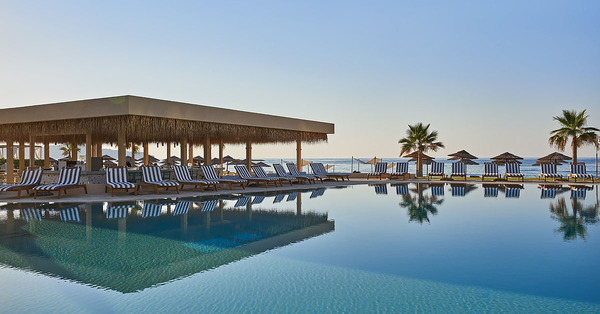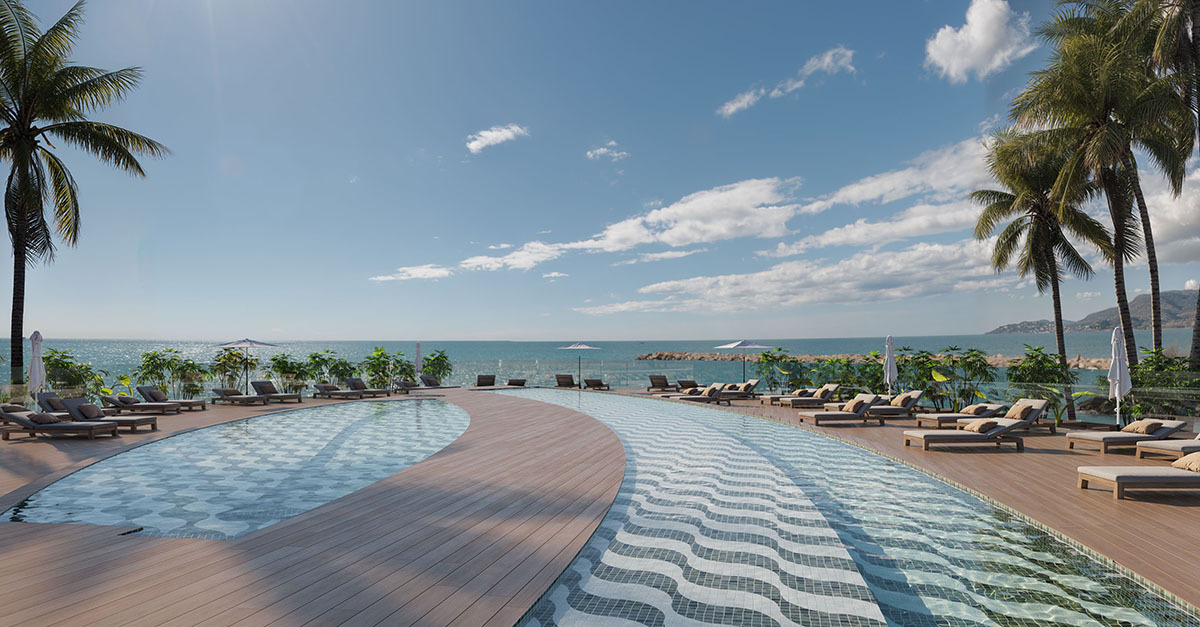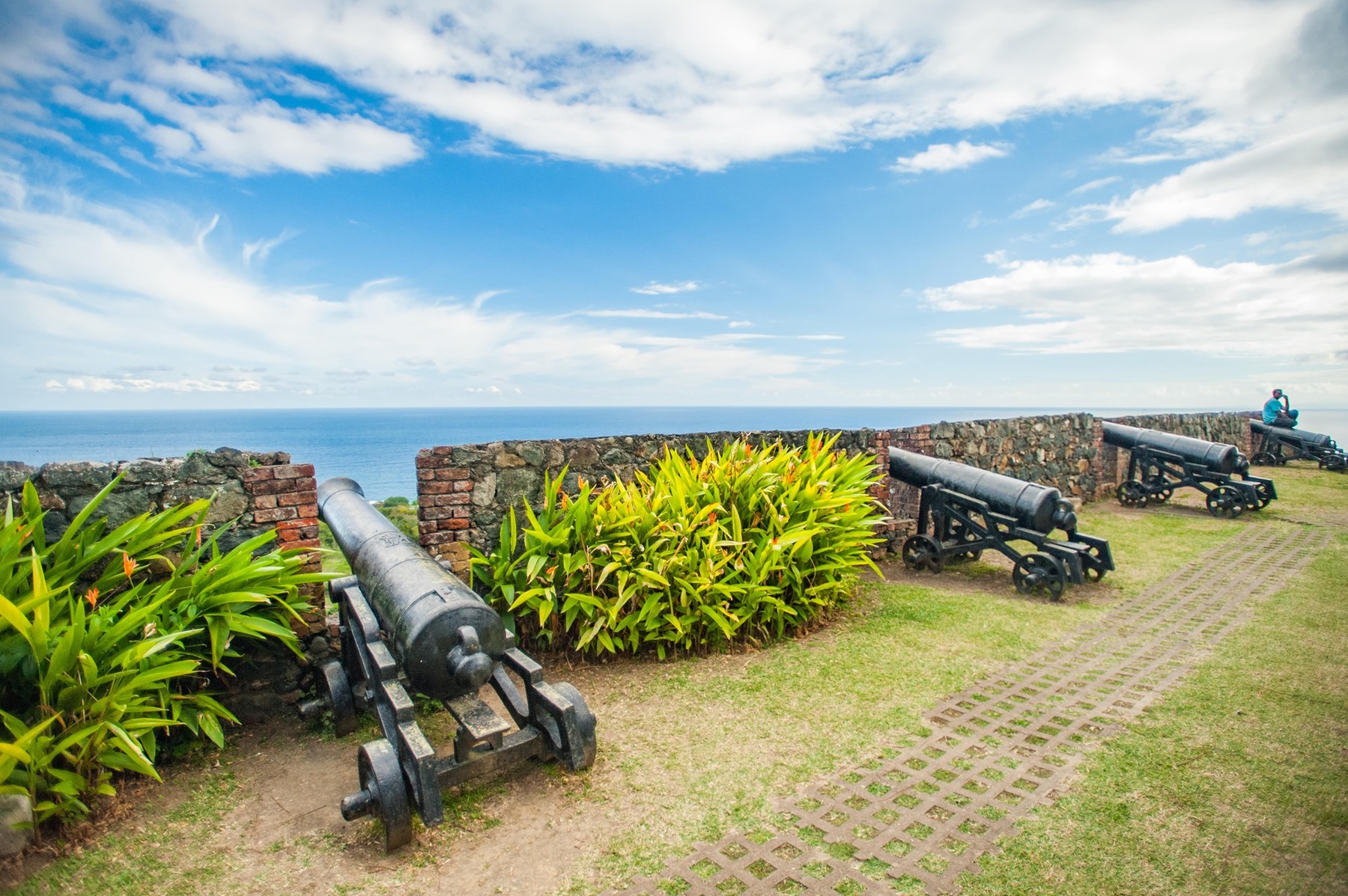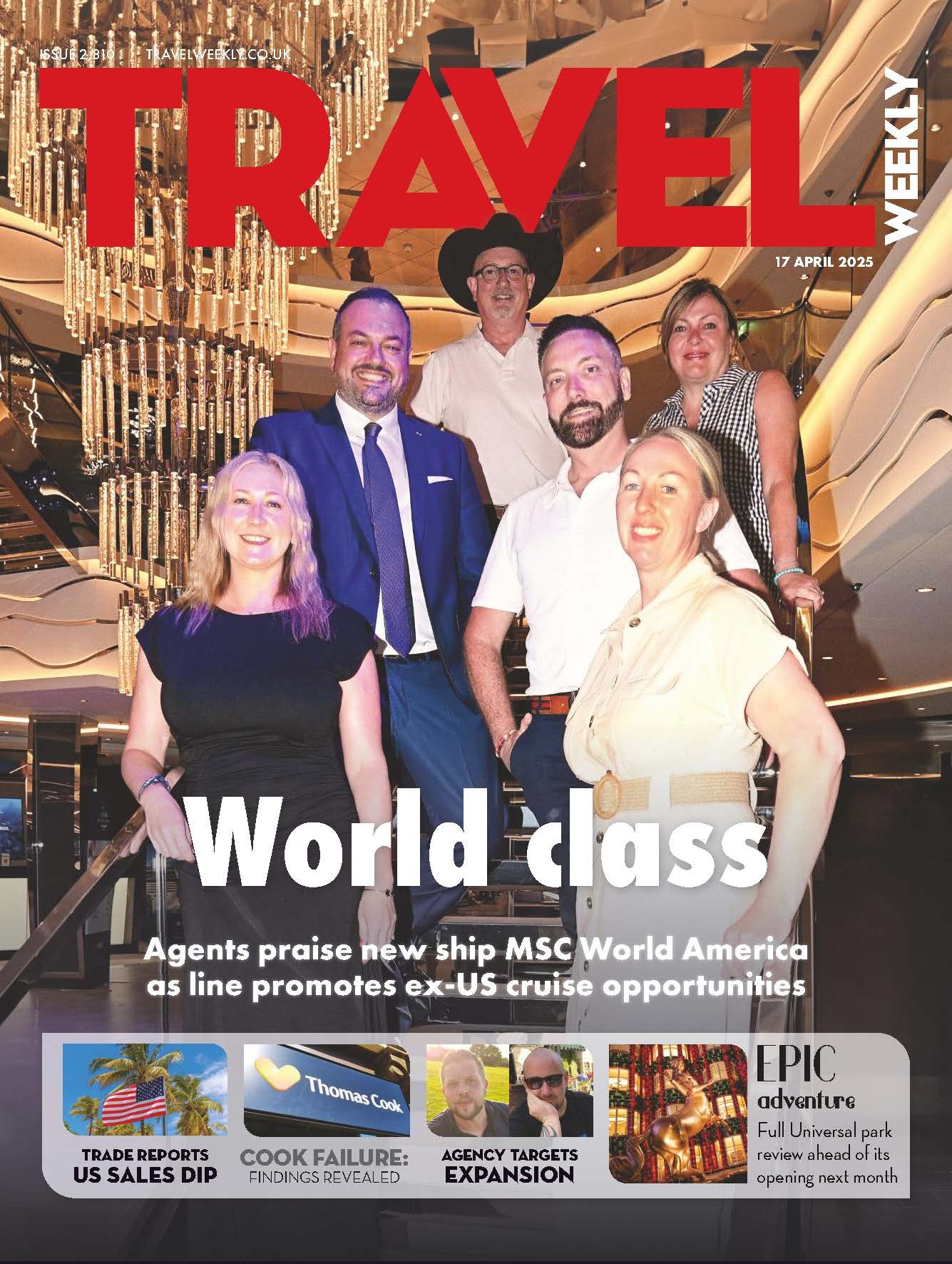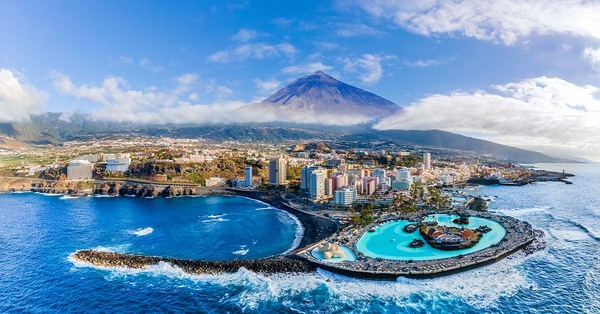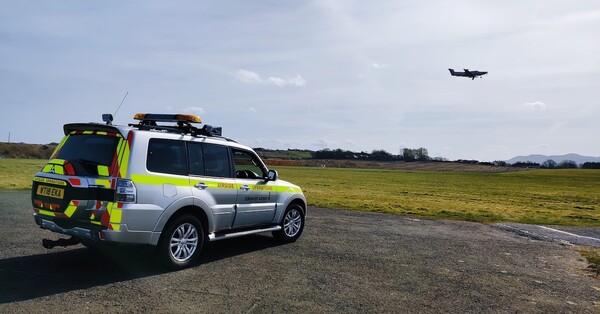You are viewing 2 of your 2 free articles
Dubrovnik discards reputation as ‘ruined by overtourism’
Dubrovnik has restored its reputation by managing its flow of visitors after being branded as a destination “ruined” by overtourism in 2017.
Mato Frankovic, who was elected mayor of the city in 2017, said: “We had to do something to return Dubrovnik to its citizens.”
Addressing the Abta Sustainable Travel Conference in late March, he showed photographs of tourist crowds surging through Dubrovnik’s Old City and said: “This is what mass tourism looks like. The result was negative headlines – ‘The death of Dubrovnik, cruise ships have ruined the city.’ The quality of life was bad, the quality of services was bad.”
But Frankovic explained: “Our economy is based on tourism. We said, ‘Let’s not erect barriers, let’s manage tourism’.
“We defined three types of visitors – cruise passengers, daily visitors and those staying overnight. Each was important to the economy, but it was easiest to manage cruise ships.”
He noted four to six cruise ships arrived “at the same time” each day on Thursdays, Fridays and Saturdays, each staying about four hours, with thousands of passengers disembarking together to visit the Old City.
Frankovic said: “So, we targeted the cruise companies as partners, not our enemies.” He contacted cruise association CLIA, saying “we have a major problem and want to cooperate with you” and a meeting was arranged with cruise line chief executives.
The outcome was an agreement that only two ships at a time would visit Dubrovnik and stay for a minimum eight hours. That allowed trips to the Old City to be staggered while the cruise companies offeed alternative excursions.
Frankovic said: “We lost some partners, but we discovered how many passengers we could accept in a day, in a month and a year. The problem was not the numbers but the flow. If the flow is good, the numbers can go up.”
The city also took action to create more space in the Old City. Frankovic said: “We cut the number of [outside] tables and chairs. Of course, restaurant and bar owners weren’t happy. We also removed the souvenir stands from public squares.”
The owners were angry, he said, but added: “We did it not counting on [winning] a future election. The future of the city is more important.”
Coach operators must book arrival slots
Mayor Frankovic also worked on ways to manage other tourists, noting day visitors were the second biggest group.
There was no control on tourism buses entering the city, but after Frankovic discovered Dubrovnik was hosting 200 buses a day, he said: “We required buses to book arrival slots. Operators are fined €2,000 if a bus turns up without a booking and, if a cruise ship comes in, we block the bookings. It works perfectly.”
His administration sought to manage a third group of visitors, those staying in the city, by creating a Dubrovnik Pass. This offers entry to all the city attractions plus two bus rides for the price of a single ticket to the City Hall.
He noted 80% of overnight visitors bought the pass last year, adding that from this year “visitors will be obliged to reserve a spot to visit the City Hall and City Museum”.
The city also launched a smart parking system, electric car-sharing and a feedback mechanism for residents, and Frankovic said: “We’re now targeting affordable housing. We passed a law so it’s not easy to turn a home into a short-term rental.”
Frankovic, who was re-elected mayor in 2021, insisted: “Sustainability can’t happen by itself. It’s a daily task. It’s hard work. If you forget to manage it, it won’t happen.”


